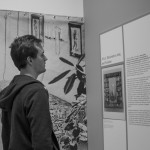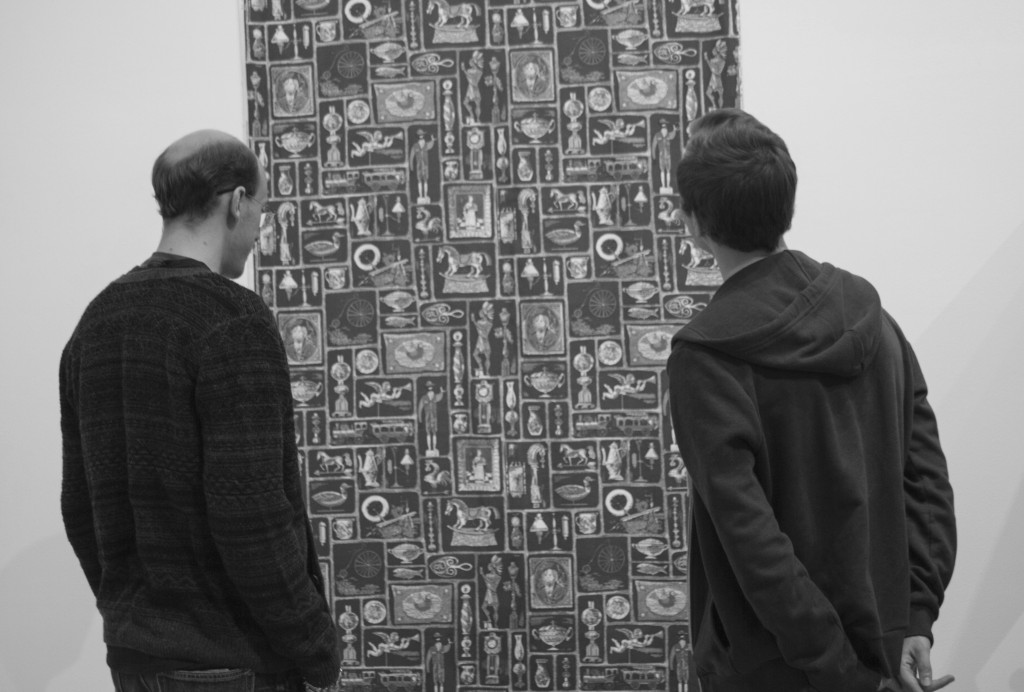The next Leonardo Art Science Evening Rendezvous, LASER, a national program of evening gatherings that bring artists and scientists together for informal presentations and conversation with an audience, is tonight from 5:30-8 p.m. at the Marianna Kistler Beach Museum in the UMB Theater and will feature the following distinguished speakers:
• Joel Slayton, executive director of ZERO1: the art and technology network and founding director of the San Jose State University CADRE Laboratory for New Media, will present “Artist as Innovator and Provocateur.”
• Michael Herman, professor of biology, associate dean of K-State’s Graduate School and co-founder of the Ecological Genomics Institute, will present “It’s a Microbial World!”
• Linda Duke, director of the Marianna Kistler Beach Museum of Art at K-State, will present “An experiment with using art to help researchers become more skilled science communicators.”
• Katie Kingery-Page, associate professor of landscape architecture at K-State, will present “Meadow Thinking.”
The rendezvous are a national program of evening gatherings that bring artists and scientists together for informal presentations and conversation with an audience. They foster community and discussion around the intersection of art and science, serving as a platform for the dynamic crossdisciplinary conversations necessary to generate innovative ideas and perspectives. The event is free and open to the public.
The agenda includes presentations of art/science projects, news from the audience, and time for casual socializing/networking.
The K-State Leonardo Art Science Evening Rendezvous series is co-sponsored by the DX Media Lab, Kansas State University College of Arts & Sciences and Leonardo International Society for the Arts, Science and Technology.
Mark you calendar for LASER talks at the Beach Museum of Art this spring:
Thursday, February 18 at 5:30 p.m.
Thursday, March 24 at 5:30 p.m.






